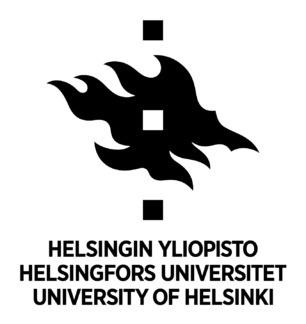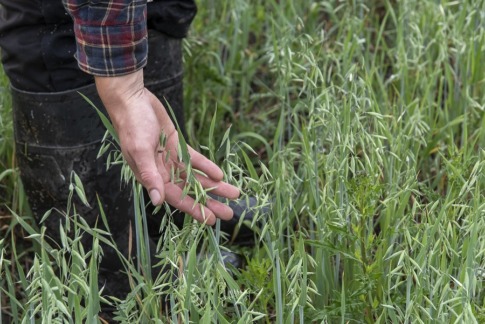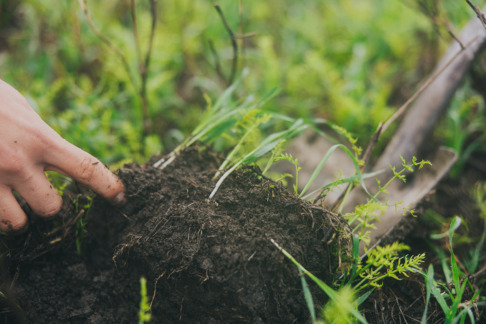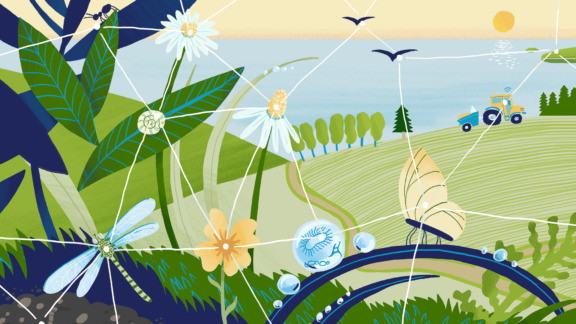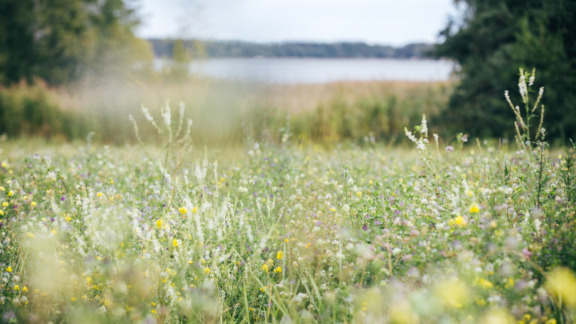Agricultural biodiversity solutions
Regenerative Agriculture, Carbon Action
Researchers and farmers collaborate to develop agricultural methods that enhance and utilize biodiversity
In the joint project of the University of Helsinki and BSAG, the safeguarding of biodiversity on farms is tackled with an emphasis on the farmer’s perspective. The research provides new information about the possibilities of biodiversity in agriculture in northern conditions, while mapping the cultivation methods that utilize biodiversity. The goal of the research is also to create a biodiversity indicator for assessing the nature footprint of agriculture.
Official name
Agricultural Biodiversity Solutions
Duration
2023-2025
Persons in charge
Hanna Susi, Katri Salovaara
Organisation
University of Helsinki, BSAG
Funder
Finnish Independence Foundation Sitra
Researchers and farmers combine biodiversity research and practical farming in a new research project
The University of Helsinki and the Baltic Sea Action Group have launched a collaborative research project to produce information on the effects of agriculture on nature suitable for northern farming conditions. The farmer’s perspective is strongly emphasized in the research, as one of the goals is to map new agricultural practices that utilize biodiversity. In addition, the researchers are developing a biodiversity indicator to assess the nature footprint of agriculture.
The negative environmental impacts of food production are a widely discussed topic, and monotonous agricultural practices play a significant role in the impoverishment of biodiversity on Earth. In Finland, a substantial part of the land area is used for farming, and therefore, agriculture has a significant influence in the state of biodiversity.
Even though Nordic farming conditions differ from the rest of the world, the mechanisms of nature loss apply also in Finland. As the biodiversity in the northernmost farming zones is narrower, the loss of even one species can have major effects on the surrounding ecosystem. The impacts of species loss become visible with a delay, and not all consequences can be predicted.
Working towards a biodiversity indicator and innovative tools for regenerative farming practices
The Agricultural Biodiversity Solutions project examines the impact of a biodiversity belt on the diversity of the field on 10 Finnish crop farms. Data is collected from the fields regarding the diversity of soil, insects, plants and birds. The collection methods include modern technology solutions, such as recording the sounds of birds and vacuuming pollen and microbial spores from the air. The collection of the data needed for developing the biodiversity indicator has begun during the summer of 2023 by collecting insect, soil, and vegetation samples from Carbon Action farms.
The goal of the research is to test methods applicable for reducing agriculture’s nature footprint, and to create assessment methods for observing agriculture’s impact on nature. Additionally, the researchers, together with the farmers, monitor the effect of the biodiversity belt on crop health, need for plant protection and overall yield potential on the farms.
The assumption is that the diversity of the surrounding field increases the crop’s resistance to pathogens. One of the goals of the project is to map diversity benefits, especially from the farmer’s point of view. The aim is to develop farming practices that leverage biodiversity while serving the needs of the regenerative farmer.
MILESTONES
2023
Collection of data
Biodiversity data will be collected from the Carbon Action farms in the 2023 growing season. The goal is to measure biodiversity and ecosystem activity in the agricultural environment and create a basis for the biodiversity indicator.
2023-2025
Implementation of the experimental setup and further research steps
Based on the data collected from the farms in the summer of 2023, further research steps are designed along with an experimental setup, which will be implemented on 10 farms during the growing seasons of 2024–2025. The experimental setup will involve establishing a biodiversity belt within the crop field. An analysis of the biodiversity in the field environment under Finnish conditions is conducted using samples collected from both the biodiversity belt and its surrounding area of influence.
2025
Biodiversity indicator and update of regenerative farming practices
As a result of the research, a biodiversity indicator for assessing the biodiversity impacts of agriculture will be established. Additionally, information on cultivation methods that enhance and utilize biodiversity is gathered for the use of farmers, researchers, advisers, the food industry, and other stakeholders.
We study the biodiversity impacts of agriculture on Finnish farms and fields. We expect the research results to provide new information regarding biodiversity and ways to enhance it in agriculture, applicable to northern farming conditions.
Hanna Susi, Researcher, University of Helsinki
CONTACT US

Katri Salovaara
Project manager, Regenerative Agriculture, Biodiversity
PROJECT PARTNERS
